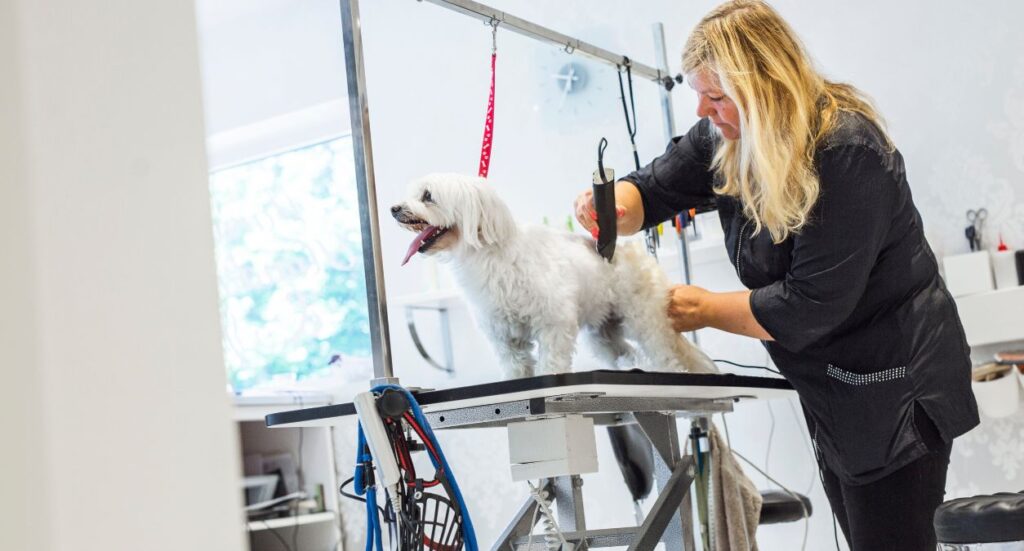Table of contents
Table of contents
Table of contents
Contributors
Mandy has been with Starpeak Insurance Solutions since 2018, starting in sales in the consumer department and mov...
According to the National Child Measurement Programme, the UK’s youth is worryingly overweight. The latest instalment of the government report stated that one-fifth (20.1%) of Year 6 pupils (10 or 11-years old) were classed as obese, with more than a third (34.5%) recorded as overweight.
The increase is slow, but the percentage of obese children in the country has grown year-on-year since the reports were introduced.
A number of governmental initiatives such as the introduction of the sugar tax have been introduced to stem the problem. But more and more parents are taking things into their own hand and turning to personal trainers to help keep their offspring healthy and active.
This undoubtedly presents more opportunities for personal trainers to earn extra money through a new client-base. But are the risks of training children and young adults higher and do you need to take extra steps to ensure these clients are trained safely?
A different way of training
There are of course, differences when training children and young people to adults both physiologically and psychologically.
Psychologically children will be less engaged with goals such as weight loss or number of reps achieved. Therefore, adopting a fun approach will be more beneficial with the focus on children enjoying themselves while being physically active. It is vital to know the boundaries and pushing a child to their limits as you would an adult can be more detrimental with a risk of causing them unnecessary stress and potentially deterring them from exercise in the future.
Physiologically, children and young adults have not fully developed and therefore a risk of injury is increased. Tendons and ligaments aren’t fully formed and therefore any weighted activity and resistance training should be adapted to ensure they are done correctly and safely for children and young adults. Muscles and bones are still developing and therefore injuries caused from poor technique can have long lasting effects.
So does this put a personal trainer at higher risk of a claim for injury? And does their personal trainer insurance cover them for this?
At Protectivity Insurance if a personal trainer has undergone the right training and hold a qualification for teaching children and young adults then this would be covered under our Personal Trainer Insurance. Trainers would need to have carried out all the usual risk assessments such as getting the parents to fill in a PAR-Q.
Tips for personal trainers to keep safe whilst training children:
- Ensure that any child under the age of 18 has parental sign off
- You have par-q or similar and are aware of any medical conditions
- Ensuring correct posture and form is extremely important when training children/teens
- Adapt exercises to ensure safe technique is used
- Adjust goals as necessary, know their limits and do not push too hard
Qualifications and cover are essential
Before starting to train children, PTs should check the terms of their insurance cover and ensure there are no exclusions to claims relating to children and that their policy allows them to do so.
Perhaps most importantly, is that you are qualified to train children. Without qualifications in place, it’s unlikely that your policy will cover you if something were to go wrong.
There are courses and qualifications that personal trainers can attend to ‘top-up’ their qualifications and insure they are able to teach kids safely. Training providers such as NRPT, YMCA Fit and Platinum Training offer courses specifically designed to educate personal trainers on the risks of training children and young adults and how to do this safely including adapting exercises and drills.
Providing personal trainers are suitably qualified, there is no reason why training children and young adults should be of any higher risk. For those who own a gym, PTs should ensure they are adequately covered by their gym business insurance to help protect themselves should any claim arise relating to the training of children or young adults.
*Disclaimer – This blog has been created as general information and should not be taken as advice. Make sure you have the correct level of insurance for your requirements and always review policy documentation. Information is factually accurate at the time of publishing but may have become out of date.
Last updated by

















